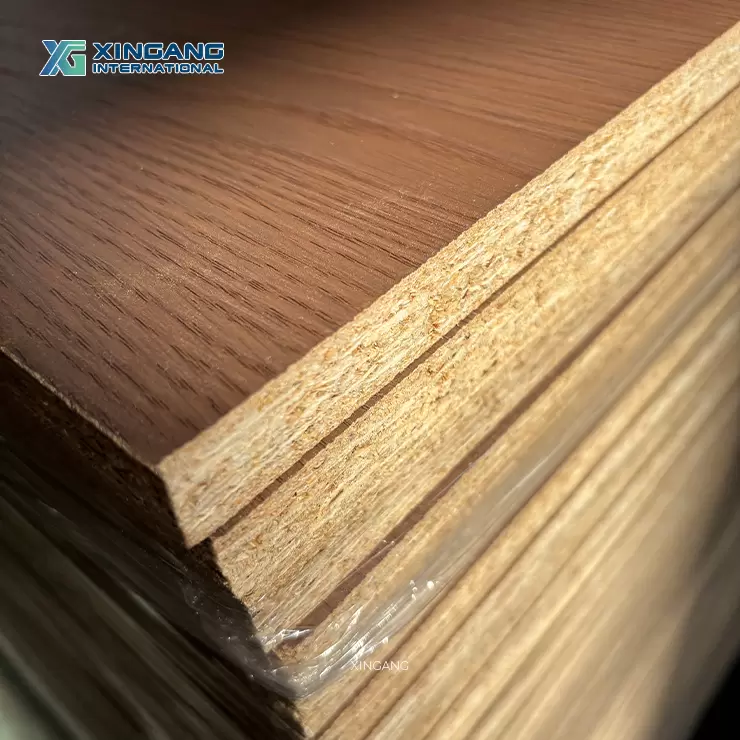Mortar plays a crucial role in construction, providing structural integrity and bonding properties to various building materials. However, determining the ideal thickness for mortar can be a challenging task. In this blog post, we will delve into the factors that influence mortar thickness, explore the consequences of using excessively thick mortar, and provide practical guidelines to strike the perfect balance.
- Understanding the Importance of Mortar Thickness:
Mortar thickness directly affects the stability, durability, and aesthetics of a structure. It acts as a buffer between building materials, compensating for irregularities and providing a level surface. Additionally, mortar thickness impacts the load-bearing capacity and resistance to environmental factors such as moisture and temperature changes. - Factors Influencing Mortar Thickness:
a) Type of Construction: Different types of construction, such as load-bearing or non-load-bearing walls, require varying mortar thicknesses to ensure structural integrity.
b) Building Material Characteristics: The properties of the materials being bonded, such as their weight, texture, and absorption rate, influence the required mortar thickness.
c) Environmental Conditions: Factors like climate, exposure to moisture, and temperature fluctuations affect mortar thickness requirements to prevent cracking, water penetration, and thermal expansion issues. - Consequences of Excessive Mortar Thickness:
a) Structural Instability: Excessively thick mortar can compromise the load-bearing capacity of a structure, leading to potential collapse or damage.
b) Aesthetics and Functionality: Thick mortar joints can negatively impact the visual appeal of a building, especially in applications where thin and precise joints are desired, such as with natural stone or brickwork.
c) Increased Material Consumption: Using more mortar than necessary not only increases project costs but also contributes to wastage and environmental concerns. - Guidelines for Determining Optimal Mortar Thickness:
a) Industry Standards: Consult relevant building codes, regulations, and industry standards to determine the recommended mortar thickness for specific construction types and materials.
b) Material Compatibility: Consider the compatibility between the mortar and the building materials to ensure proper adhesion and minimize the risk of cracking or delamination.
c) Structural Requirements: Evaluate the load-bearing capacity and structural design of the building to determine the appropriate mortar thickness needed for stability.
d) Climate Considerations: Account for environmental factors such as temperature variations, moisture exposure, and freeze-thaw cycles to select the right mortar thickness for long-term durability.
Conclusion:
Achieving the perfect balance in mortar thickness is crucial for ensuring the structural integrity, aesthetics, and longevity of a building. By considering factors such as construction type, material characteristics, environmental conditions, and adhering to industry standards, architects, engineers, and construction professionals can make informed decisions regarding mortar thickness. Striking this balance will result in a well-built structure that stands the test of time, both functionally and visually.


